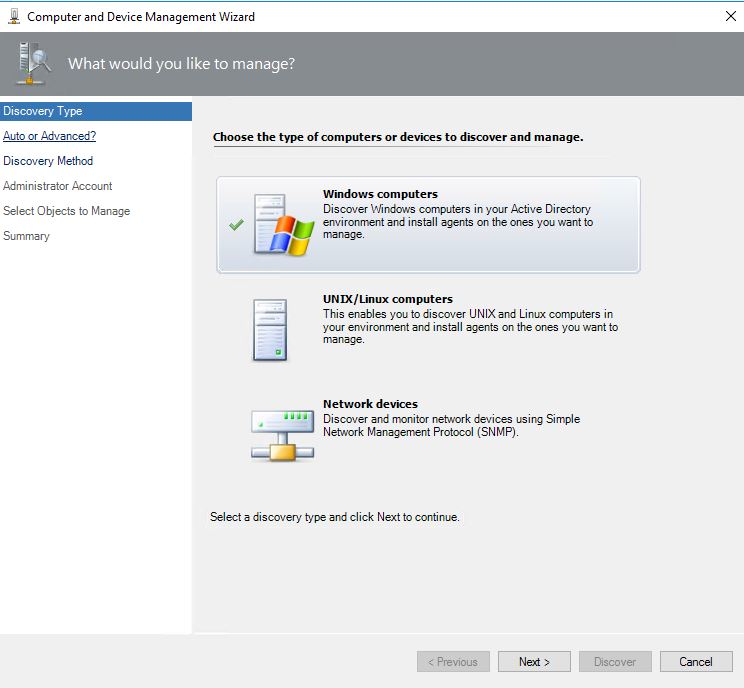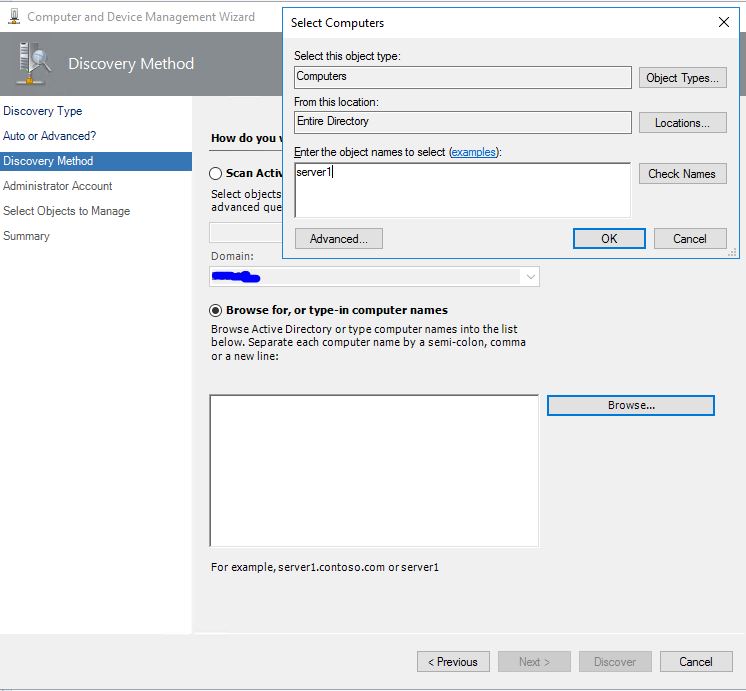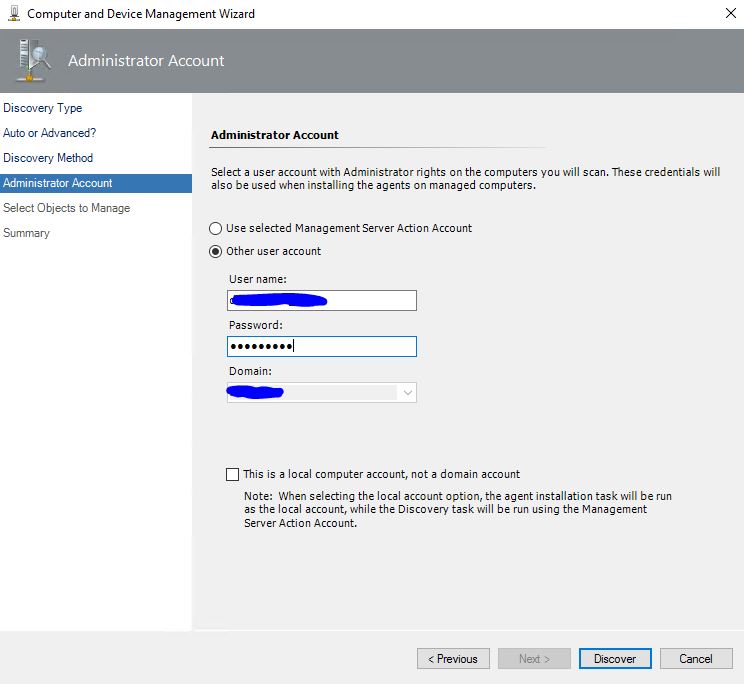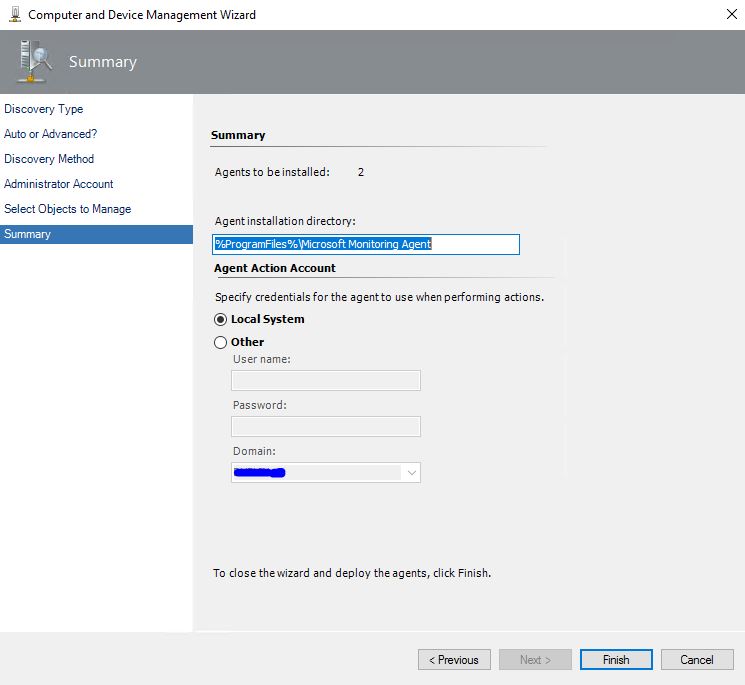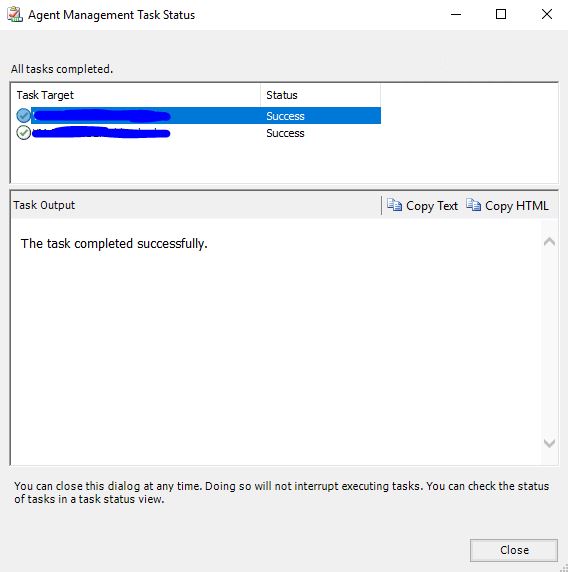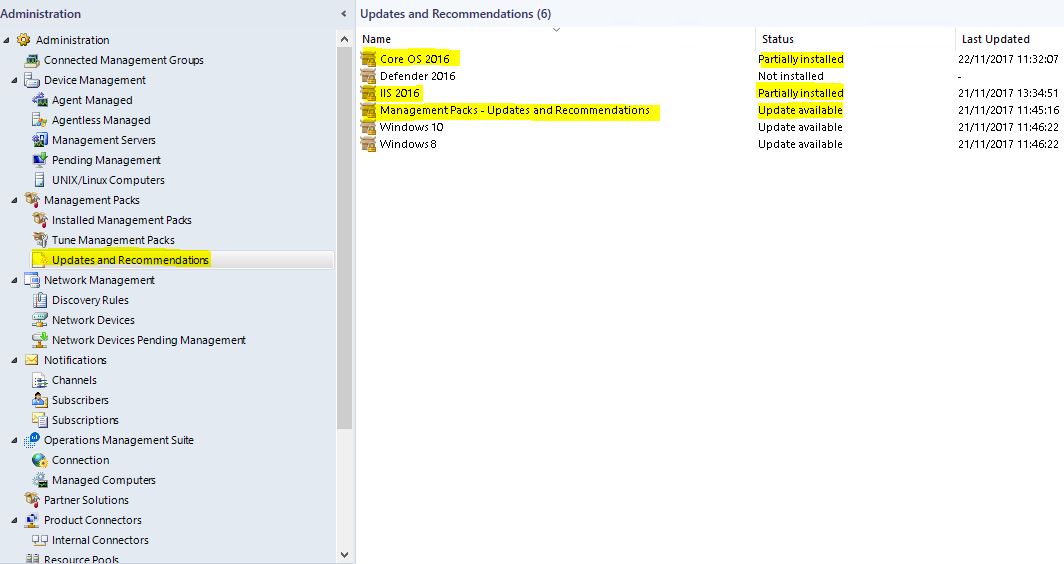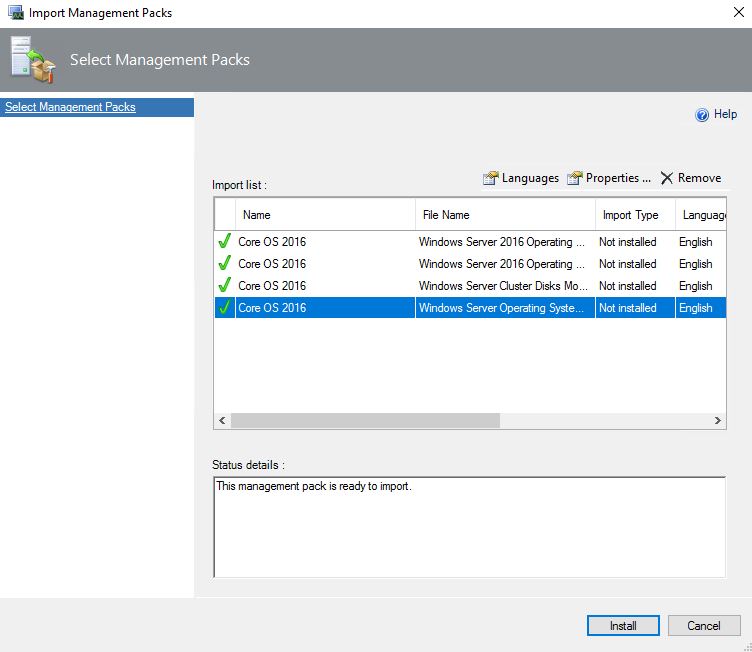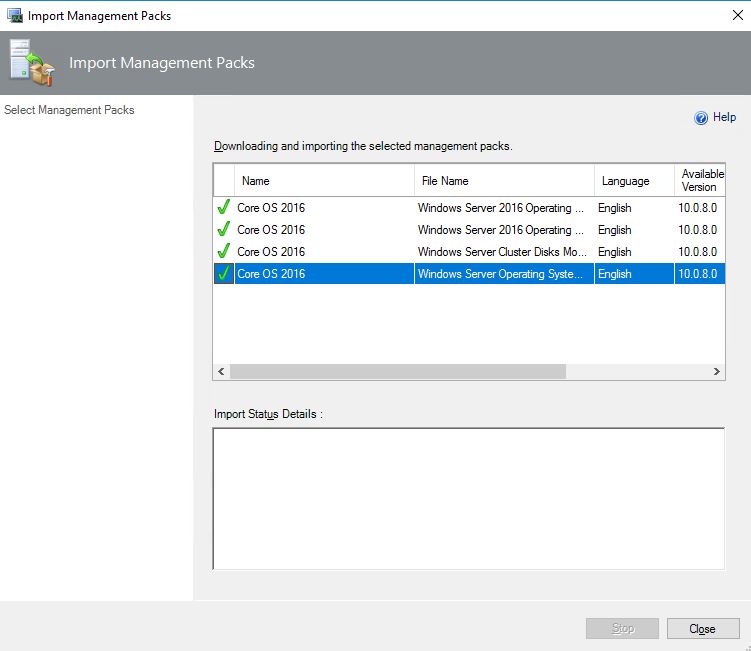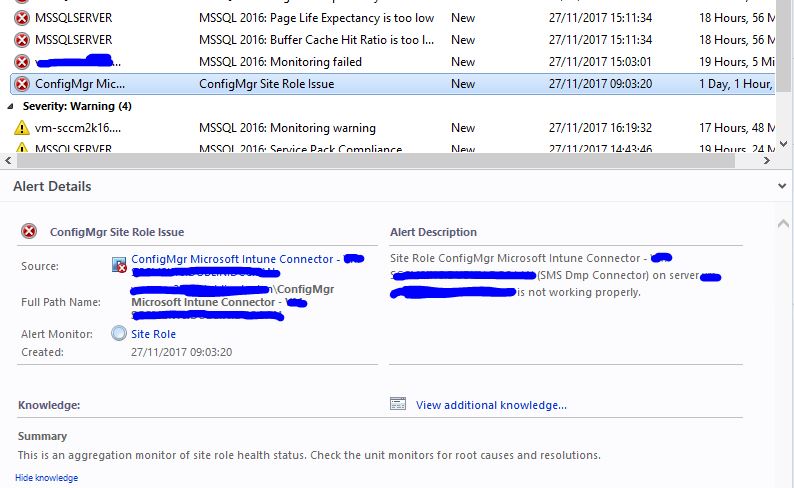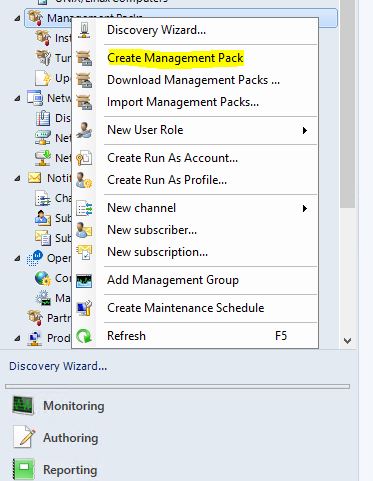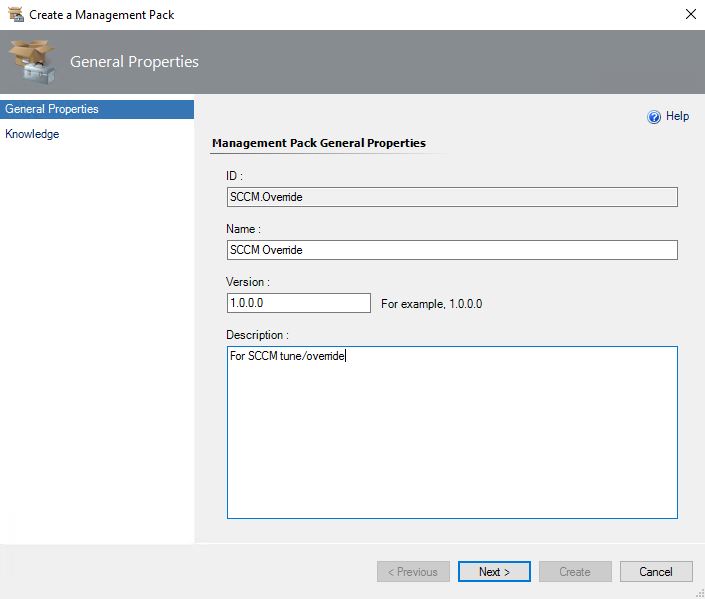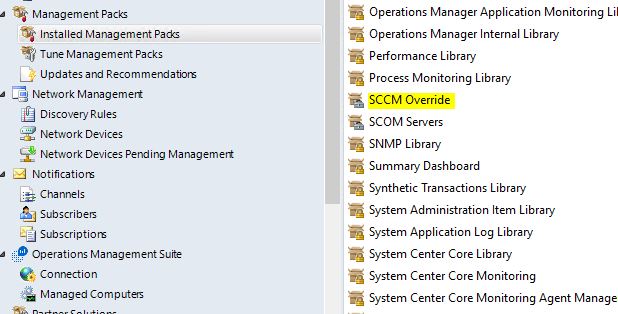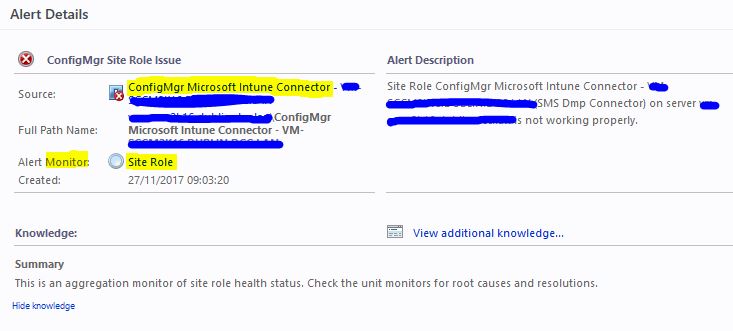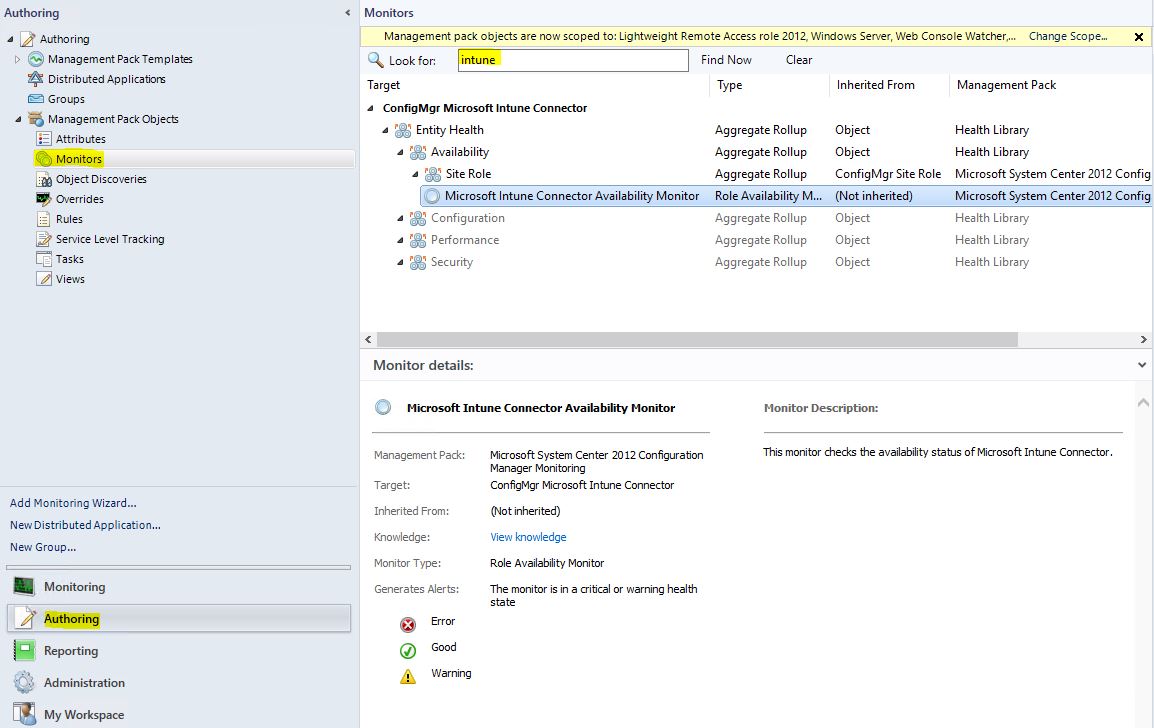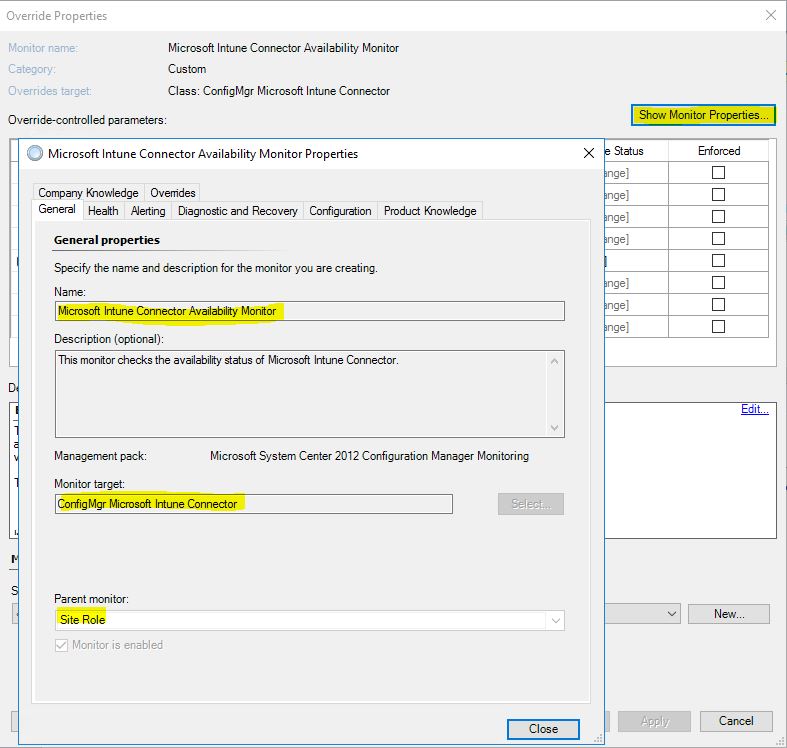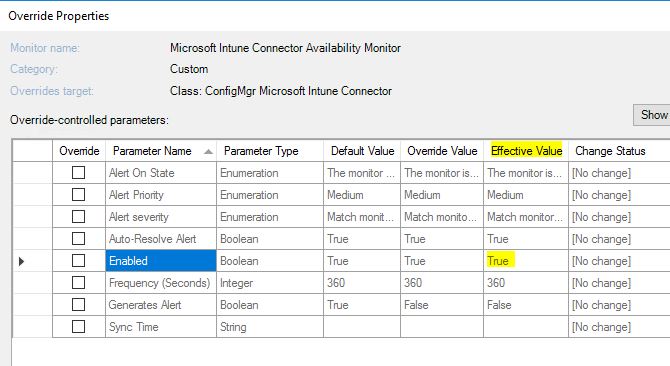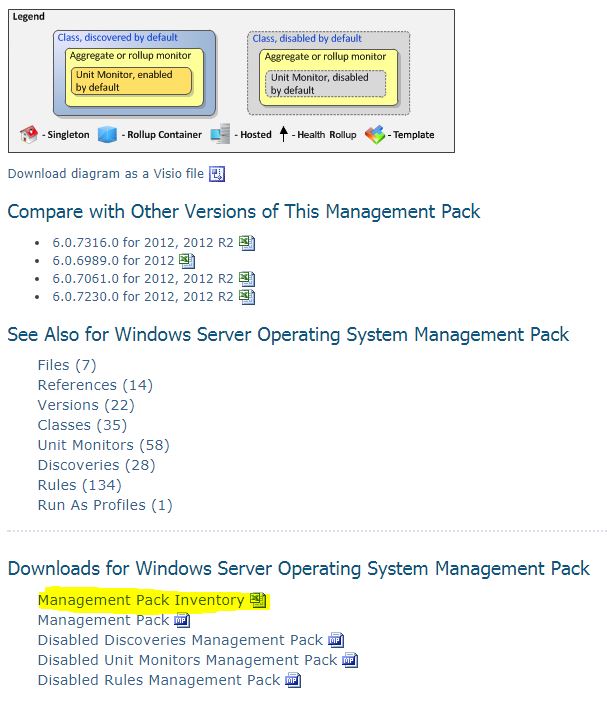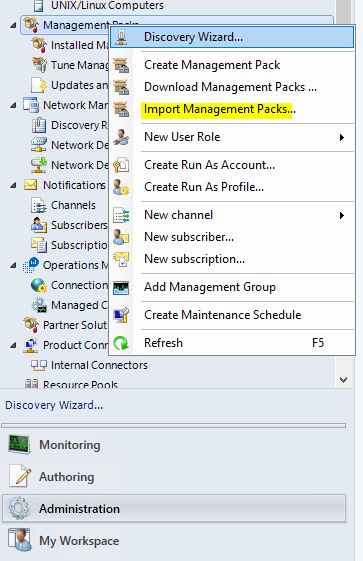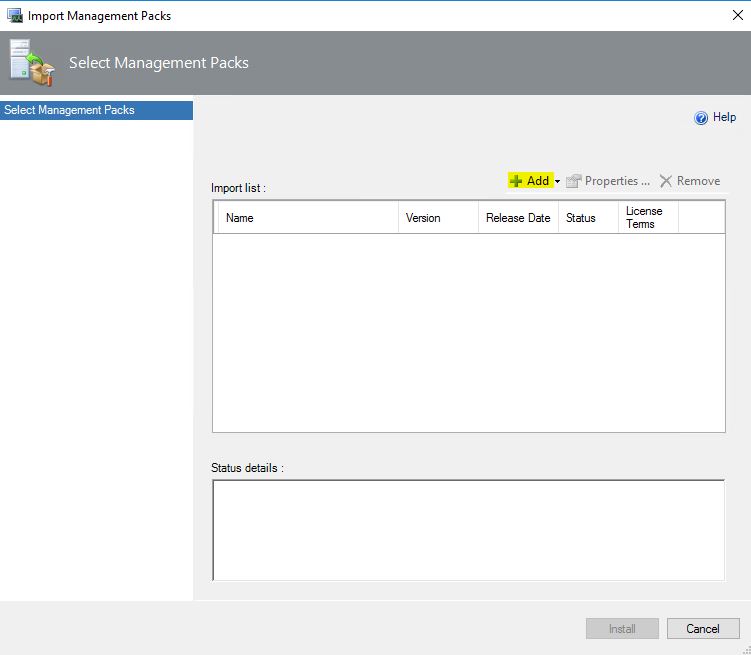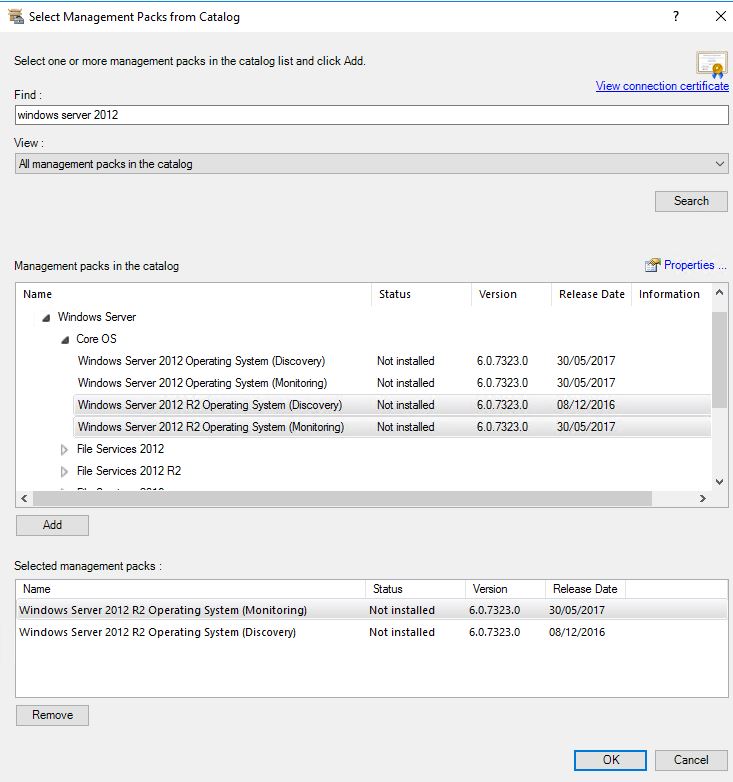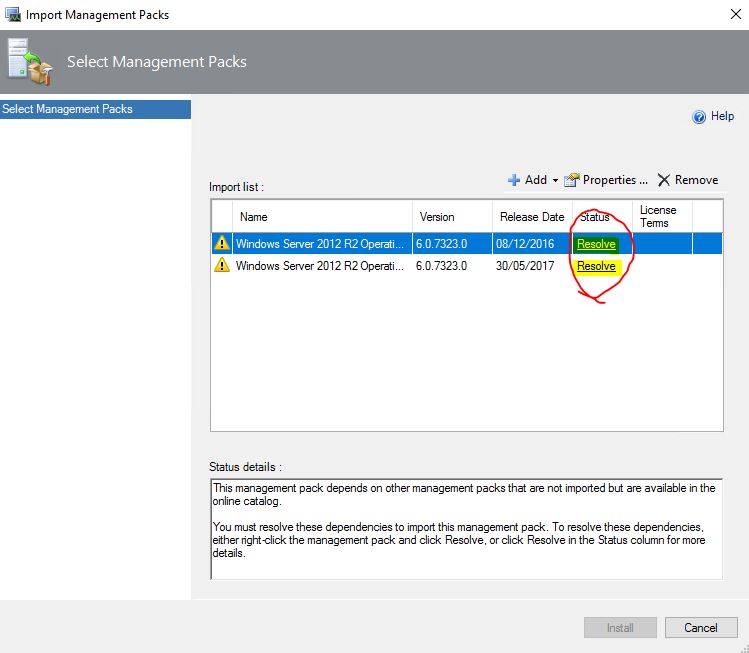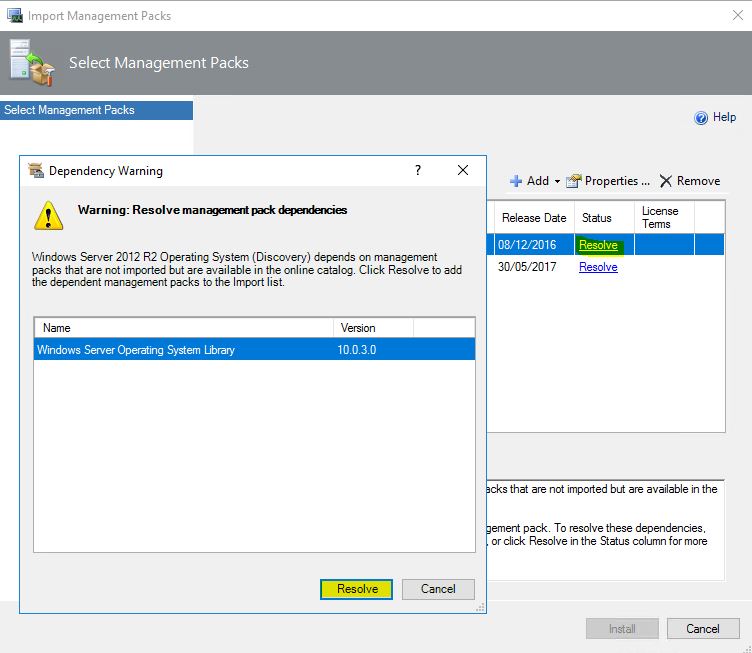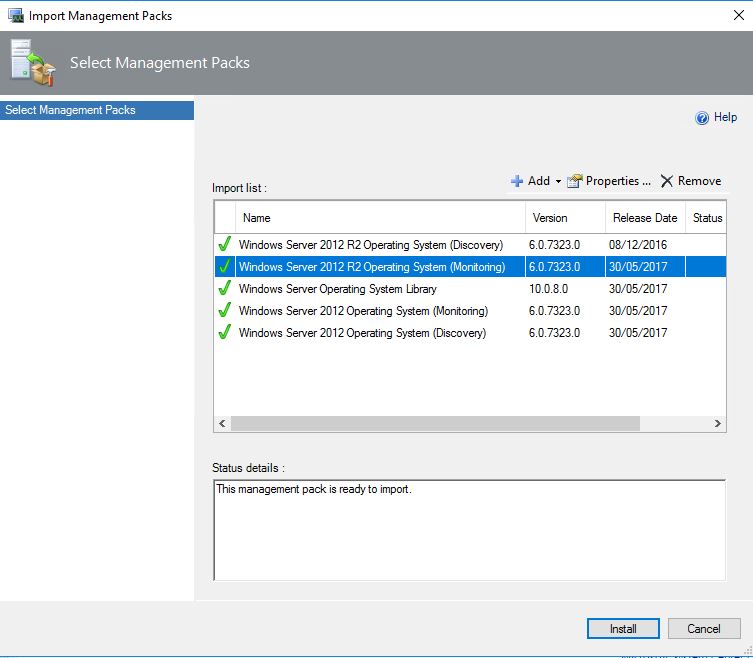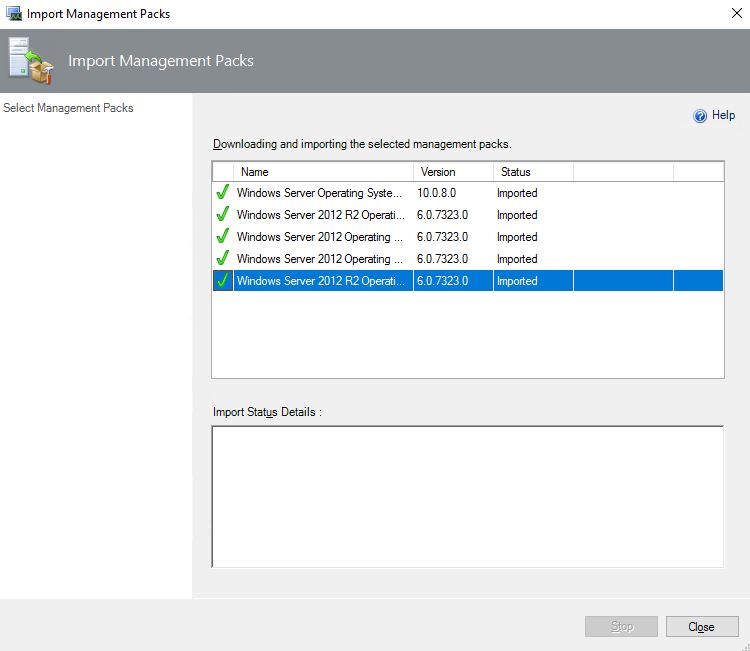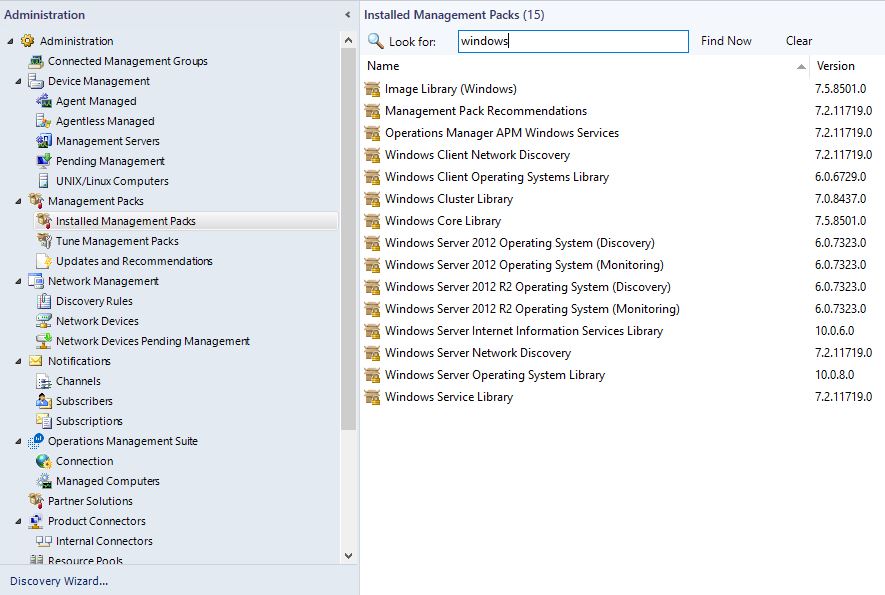Firewall required ports for SCOM 2016
This section describes how to configure your firewall to allow communication between the different Operations Manager features on your network.
Port assignments
The following table shows Operations Manager feature interaction across a firewall, including information about the ports used for communication between the features, which direction to open the inbound port, and whether the port number can be changed.
| Operations Manager Feature A | Port Number and Direction | Operations Manager Feature B | Configurable | Note |
|---|---|---|---|---|
| management server | 1433 ---> | Operations Manager database | Yes (Setup) | |
| management server | 5723, 5724 ---> | management server | No | Port 5724 must be open to install this feature and can be closed after this feature has been installed. |
| management server | 161,162 <---> | network device | No | All firewalls between the management server and the network devices need to allow SNMP (UDP) and ICMP bi-directionally. |
| gateway server | 5723 ---> | management server | No | |
| management server | 1433 ---> | Reporting data warehouse | No | |
| Reporting server | 5723, 5724 ---> | management server | No | Port 5724 must be open to install this feature and can be closed after this feature has been installed. |
| Operations console | 5724 ---> | management server | No | |
| Connector framework source | 51905 ---> | management server | No | |
| web console server | Web site port ---> | management server | No | |
| web console browser | 51908 ---> | web console server | Yes (IIS Admin) | Port 51908 is the default port used when selecting Windows Authentication. If you select Forms Authentication, you will need to install an SSL certificate and configure an available port for https functionality for the Operations Manager web console web site. |
| connected management server (Local) | 5724 ---> | connected management server (Connected) | No | |
| Windows agent installed using MOMAgent.msi | 5723 ---> | management server | Yes (Setup) | |
| Windows agent installed using MOMAgent.msi | 5723 ---> | gateway server | Yes (Setup) | |
| Windows agent push installation, pending repair, pending update | 5723/TCP, 135/TCP, 137/UDP, 138/UDP, 139/TCP, 445/TCP *RPC/DCOM High ports (2008 OS and later) Ports 49152-65535 |
|||
| UNIX/Linux agent discovery and monitoring of agent | TCP 1270 <--- | management server or gateway server | No | |
| UNIX/Linux agent for installing, upgrading, and removing agent using SSH | TCP 22 <--- | management server or gateway server | Yes | |
| gateway server | 5723 ---> | management server | Yes (Setup) | |
| Agent (Audit Collection Services forwarder) | 51909 ---> | management server Audit Collection Services collector | Yes (Registry) | |
| Agentless Exception Monitoring data from client | 51906 ---> | management server Agentless Exception Monitoring file share | Yes (Client Monitoring Wizard) | |
| Customer Experience Improvement Program data from client | 51907 ---> | management server (Customer Experience Improvement Program End) Point | Yes (Client Monitoring Wizard) | |
| Operations console (reports) | 80 ---> | SQL Reporting Services | No | The Operations console uses Port 80 to connect to the SQL Reporting Services web site. |
| Reporting server | 1433 ---> | Reporting data warehouse | Yes | |
| management server (Audit Collection Services collector) | 1433 ---> | Audit Collection Services database | Yes |
If SQL Server 2014 Service Pack 2 or SQL Server 2016 is installed with a default instance, the port number is 1433. If SQL Server is installed with a named instance, by default it is configured with a dynamic port. To identify the port, do the following:
- In SQL Server Configuration Manager, in the console pane, expand SQL Server Network Configuration, expand Protocols for , and then double-click TCP/IP.
- In the TCP/IP Properties dialog box, on the IP Addresses tab, note the port value for IPAall.
If you plan on deploying the Operations Manager databases on a SQL Server configured with an Always On Availability Group or migrate after installation, do the following to identify the port:
- In Object Explorer, connect to a server instance that hosts any availability replica of the availability group whose listener you want to view. Click the server name to expand the server tree.
- Expand the Always On High Availability node and the Availability Groupsnode.
- Expand the node of the availability group, and expand the Availability Groups Listeners node.
- Right-click the listener that you want to view, and select the Propertiescommand. This opens the Availability Group Listener Properties dialog box.


